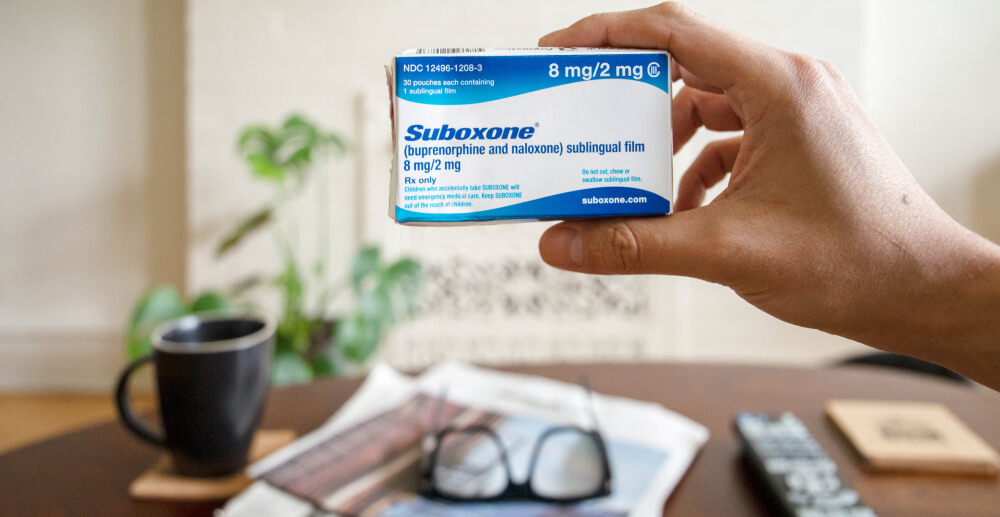When you hear myths about fentanyl on the news, it can be difficult to separate fact from fiction. What is the truth about fentanyl?
Fentanyl, a powerful synthetic opioid drug, has become the boogeyman of the opioid overdose crisis. News stories regularly whip up a frenzy of fear around fentanyl. But while this hysteria is often unhelpful and unsupported, fentanyl truly is responsible for a large portion of opioid overdose deaths. In 2021, more than 70% of all opioid overdose deaths involved fentanyl or a similar synthetic opioid. So how do you know what is a valid concern and what is careless fear-mongering?
Here are five myths we’ve encountered about fentanyl, and the real facts that counter them.
Myth 1: Fentanyl can be absorbed through the skin if you touch something that has been in contact with fentanyl.
News stories claim that merely touching fentanyl can send you straight into overdose. This isn’t true. Fentanyl needs to come into contact with a mucus membrane (the moist, inner lining of the mouth, inside the nose, eyes, genitals, etc.) or be introduced into the bloodstream in order to take effect. There are fentanyl skin patches, but they are pretty much only prescribed by doctors and are not a common way to acquire illicit fentanyl.
Myth 2: Naloxone (Narcan) isn’t effective against fentanyl, so a fentanyl overdose is always fatal.
This myth is extremely harmful, because it may discourage rescue efforts when people see someone experiencing an overdose. Fentanyl is an opioid, and therefore can be dislodged from opioid receptors by naloxone. In some cases, it may take a little longer for the naloxone to take effect, or the fentanyl overdose may require more than one dose of naloxone. But do not let this myth stop you from administering naloxone promptly in case of a suspected overdose! Naloxone has recently been approved for over-the-counter sale without a prescription, so anyone who uses drugs or spends time with those who use drugs should carry it at all times.
Myth 3: Lots of Halloween candy has been found to actually be fentanyl pills.
“Rainbow fentanyl” was feverishly touted as a threat around Halloween in 2022, but its danger to the nation’s trick-or-treaters was wildly overstated. While it is true that fentanyl is sometimes made into brightly colored pills, there have been zero reported cases of these pills being slipped to kids disguised as candy. This myth can be damaging both as unnecessary fear-mongering and also because it paints those who use fentanyl as cartoonish villains seeking to get children addicted to this dangerous drug, instead of as people with substance use disorders.
Myth 4: Using fentanyl means you won’t be able to take Suboxone (buprenorphine/naloxone) for opioid use disorder.
This myth suggests that using fentanyl will make treatment with buprenorphine/naloxone medications like Suboxone less effective or impossible. While some of the concerns around this are valid—fentanyl does have some different effects on the body than heroin, for example—the overall fear is unfounded. There have been many studies confirming that people who use fentanyl can successfully induct on buprenorphine and be treated with it. Here at Workit Health, we have members in all clinics who are successfully recovering from fentanyl use with buprenorphine treatment.
Myth 5: Fentanyl test strips encourage people to use drugs.
This myth reflects an accusation that is levied at most harm-reduction strategies. The fact is that many people do use drugs and will continue to do so unless they are both ready and able to stop. Making drug use less deadly will not encourage people who have no interest in drugs to try them. At Workit Health, we believe that it is important to support harm reduction so that using drugs is less damaging, and to make treatment more accessible so that people who use drugs can get the help they need if and when they become ready for it. Unfortunately, most states buy into this myth and consider fentanyl test strips—which are used to determine whether fentanyl is present in a substance—to be “drug paraphernalia.” Agencies and organizations, including the CDC, advocate for the decriminalization of fentanyl test strips and greater availability of them.
We hope that talking about these myths helps you separate fact from fiction about fentanyl. This opioid is addicting, extremely potent, and greatly increases the risk of overdose. We don’t need false worries in order to take fentanyl seriously!








